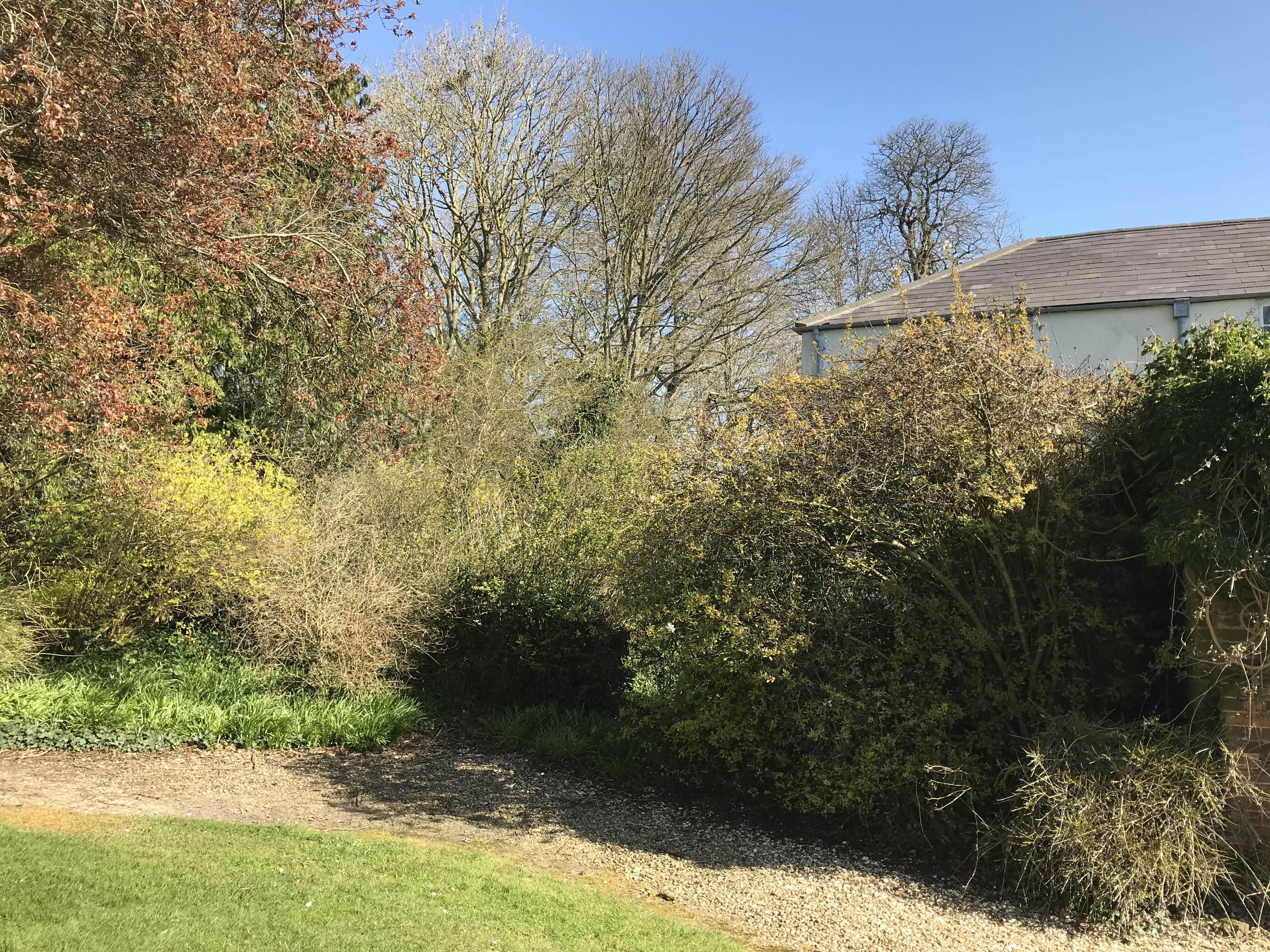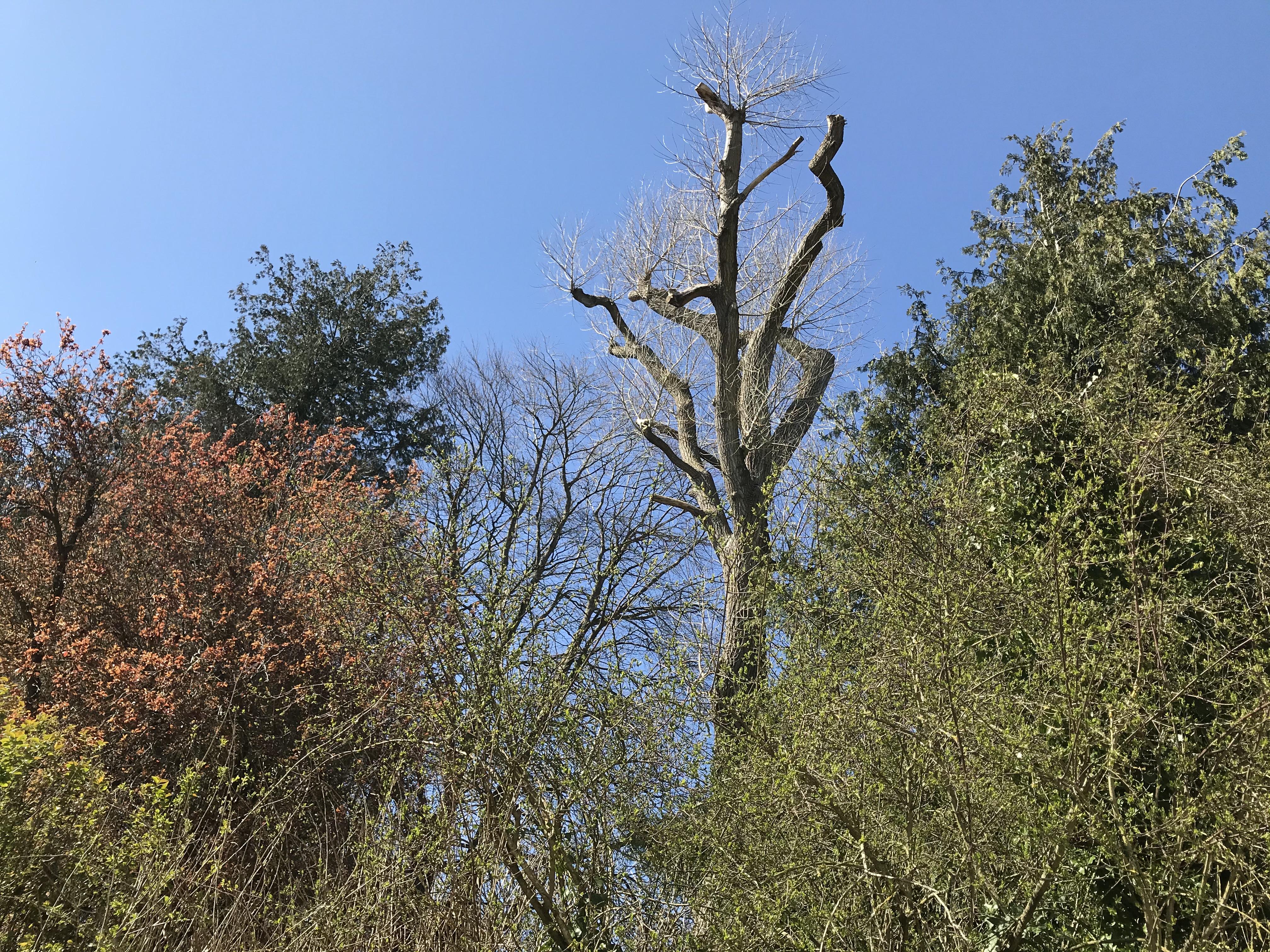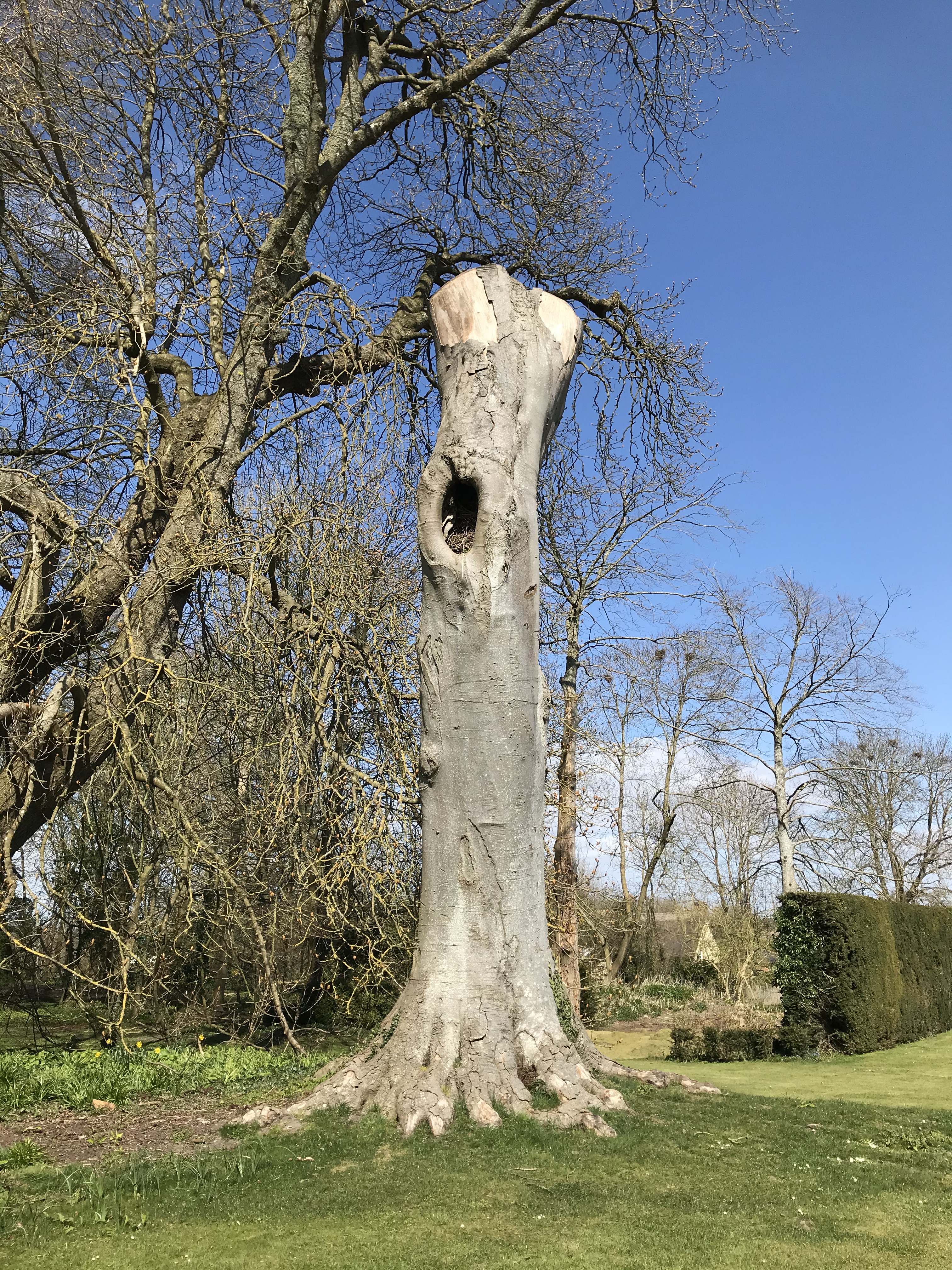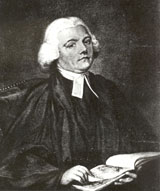It is uplifting to know my ear is finally tuning in to bird songs and calls. Although one course tutor declared that such learning was fairly easy, this has not been my experience! So, I’m chuffed to reap rewards from repetitive listening to audio tuition. I’m becoming more sensitive to the bird song medley accompanied by better observation of bird plumage, movement and activity. There’s still lots I cannot identify but this is uplifting progress…
On the radio this morning, an ornithologist suggested a good way to start is to watch any bird and link its song or call to a mnemonic. This works for me, as well as really listening. Some years ago whilst friends did a mindfulness hour in a darkened room, I sat in a hot tub with a big window open to the sunlit moorland of spring time. Whilst gently wallowing, I practised focussing in on the plaintive sounding song and tic tic call of a robin.
A quick dip into the bookshelves becomes an absorbing hour or so on ‘interesting nuggets’. Flicking through the entries of wildlife observations from the 1940’s in Course of Nature Through The Year, is one for March about learning bird song:

Illustration to March from the Course of Nature Through the Year from The Times 1950. Illustrated by G Morgan.
:…”learning by… the happy phrase in understandable language is easier to remember and will ever recall the actual sound of a song once heard. It matters not whether one hears the chaffinch’s song as ‘Tol-de-rol-lol-kiss-me dear’ or Its very, very hot, I’d like some ginger beer’., so long as the words convey an impression of the rhythm and of its essentially cheerful character. The flourish at the end is said to vary according to locality, and I have been told of Cumberland chaffinches that sing ‘See, see, see what a beautiful egg she’s laid’….I still preferthe optimistic ‘In-a-week-or two-we’ll-see- the- wheatear’ of Surrey chaffinches in the first few days of March”. I’d not heard of the ginger beer phrase and like that one. One reads of birds having local dialects.
I am fortunate to enjoy a garden with mature mixed species trees, old orchard, herbaceous beds, greenhouses, rough corners and striped lawns. The colours are partly muted in early spring, but close observation shows lot of colour and texture variety – dark green of yew leaves, shiny leaves of mahonia, smooth or rough bark crenellations, mid green rose leaves and browny pink of cherry blossom.

A Garden Corner

Great spotted woodpecker, jackdaw; nuthatch and tree creeper tree
My deckchair morning observes a busy world. A group of hoverflies skim back and forth touching down occasionally into the variations of gaps and stalks in the short sward like small boats going over, or through, wavelets. They land on a handful of small white feathers strewn across the grass or in a daisy and waggle their rear ends. A big bee – perhaps a buff tailed – buzzes around and then the head goes down into the sward with a bottom sticking upwards working away.
The sound medley is like a symphony and I may be able to put the different sounds into the bass or treble clefs. There’s about 50 rook nests in the nearby trees and their sqawks seem cheerful and confident, with pairs greeting each other by beak contact and a rapid wheeze sound, glide, flap and smooth 180 turns as they return with twigs. A group is called a clamour or parliament from the collective group of animals Book of St Albans, an essay on hunting 1486. I thought the term parliament just related to the human boisterous version but it may refer to large groups of rooks appearing in a field and encircling a lone individual. After a cawed debate the rook may be pecked to death by the mob with the group flying off as one. A week or later in the evening I found a dead rook on the lawn, which by the following dawn had clean disappeared and probably taken by a fox or badger I pick up on a wildlife camera in the adjacent small orchard.

Old beech with tawny owl and jackdaws
I like the softer chatter of jackdaws.The sun catches their plumage sheen as they swivel on a truncated branch bole, wipe beaks against the trunk or insert a head into a hole and nest site.
Their tail and wing feathers move like the subtleties of weight transfer in dance to maintain balance as they pass between branches. In another part of the garden, a tall dead beech trunk continues to provide nest and shelter sites for tawny owl and jackdaws.
In the background are a few softer call ‘chinks’ from a blackbird, with another pair nearer on the bushy edge, flicking up the brown leaf litter with sudden flurries to nearby branches as ever alert. I work out the nesting site location in the dense ivy on a wall. The liquid song is heard later on, just as in the early morning when lying in bed. I chuckled at reading how a lady from the 1940’s considered how the blackbird in her garden had a particular finish, or signature tune, to its song which sounded like ‘have you any strawberrries?’. Opening the door one day to a caller, she was met by the same request, whereupon to her visitor’s utter astonishment, she stammered, ‘why you- you’re a blackbird!’ (Course of Nature June p155(

Top crowned tree by yews and beeches
Some tree trunks, especially the one with the crown lopped to reduce wind throw risk, is attractive to the drumming of a pair of great spotted woodpeckers. They industriously hammer away working around the trunk, with bits of bark flung off to land nearby. I find a collective term for woodpeckers is ‘a descent’. This tree is visited by a nuthatch with its medley of piercing call and song notes and the rapid rummaging into the rougher bark crevices of a tree creeper.
Just as the books say, the tree creeper only went up the tree, flew down and back up to another part, using its long stiff tail feathers pressed close upon the trunk as support. Our smallest bird, the goldcrest, with a yellow patch on the crown moves through a low yew hedge searching for insects. Whilst flicking through the autobiography ‘Over the Hills’ of botanist W Keble Martin who lived for a long time in my home patch in Devon, I came across a description of his encounters with these birds:”the nuthatch is the only one that is apt to move head downwards on the stems. He has a clear whistle. He comes leading the normal community of small resident birds, hunting through the leaf-less trees for food, often three or four dozen of them. These include all the common titmice with tree creepers and goldcrests… the birds are too busy to talk much. But they seem a community that trust one another and the nuthatch’s call. Every time he whistles there is a general move forward. ..Towards spring they talk more. The tree creeper in spring going up a stem in jerks puts his head on one side to say ‘Tiddley, Widdeley, Widdeley, wee’ upwards on the last syllable, or the goldcrest sings a little with a tiny mouse-like voice”
Pigeons are often over looked and just considered a pest. But, I like learning their different sounds and can now pick out from my deckchair the good-for-me mnemonics of Too Coos Taffy for wood pigeon; ‘the gentle Look at the Moon for feral pigeon; 13 repetitions of United for the collared dove and the questioning Oo-Oo-Oo of stock dove.  I also now know the roll up party blower is from the ‘United‘ bird. Over the next few days, I watch a wood pigeon bring in twigs towards the middle of a small tree very near my yard, edging along a flimsy branch to take off with a clap of wing beats. I can see an adult sitting very still on a nest and despite this being a shady place for my deckchair, I use this spot less. (D Daniels https://es.wikipedia.org//wiki /Archivo:Eurasian_Collared_Dove,_England_RWD2)
I also now know the roll up party blower is from the ‘United‘ bird. Over the next few days, I watch a wood pigeon bring in twigs towards the middle of a small tree very near my yard, edging along a flimsy branch to take off with a clap of wing beats. I can see an adult sitting very still on a nest and despite this being a shady place for my deckchair, I use this spot less. (D Daniels https://es.wikipedia.org//wiki /Archivo:Eurasian_Collared_Dove,_England_RWD2)
Then overhead as rooks suddenly mob an intruder, comes the forked tail silhouette of a red kite. Soon after and higher up, there’s a circling buzzard and the urgent, high pitched squeaky kweek kweek of a pair of kestrels which I think are nesting in nearby trees by the farm sheds.
There’s lots more going on at full swing; a flock of long tailed tits call softly to each other as they work their way around the lower tree branches searching for food. I’ve not found one of their nests but they’re described as masterpieces of weaving with moss, lichen, wool, spiders silk and feathers with a nickname for the bird of ‘Feather-poke’.
There’s the cheerful song with upward finale of chaffinches and the tinkling lively conversation song of a pair of goldfinches which descend on a plastic water tray to drink. Sometimes, a small group of goldfinches flits between the bushes with collective terms of ‘chirm, charm, troubling and drum’.  The Shell Book of Birds 1973 given to me by a very good north country naturalist, says the Anglo-Saxons knew this as the thisteluige or thistle tweakers. This is another example of good observation and name association from long ago and I see them later in the year tugging on teasel or willow herb heads. (F.C Franklin at https://commons.wikimedia.org/wiki/File:Carduelis_carduelis_close_up)
The Shell Book of Birds 1973 given to me by a very good north country naturalist, says the Anglo-Saxons knew this as the thisteluige or thistle tweakers. This is another example of good observation and name association from long ago and I see them later in the year tugging on teasel or willow herb heads. (F.C Franklin at https://commons.wikimedia.org/wiki/File:Carduelis_carduelis_close_up)
The chiff chaff has a mnemomic Chip Chop, or if I’m hungry, I think it is Fish-Chips. Further reading highlighted the efforts over the centuries by very good naturalists such as John Ray in 17th C to identify and differentiate between similar looking species such as those known as willow or leaf warblers or willow wrens. The 18thC parson Gilbert White was superb at observing and enquiring about natural history in his local patch of Selborne, Hampshire. (Photos Wikipedia – Foldout frontispiece, North East view of Selborne from the Short Lythe, drawn by Samuel Hieronymus Grimm)


White confirmed the difference between the willow warbler, chiff chaff and wood warbler and ‘today the Hangar and Common at Selborne, which house, in hanging beech woods, the direct descendants of the leaf warblers which White finally sorted out are a Nature Reserve..’. I frequently pass near to Selborne and see these beech woods in the distance to remind me of a visit to the museum and grounds as well as his association with nearby Woolmer Forest and my frequent wanderings.

Woolmer Forest – lowland heathland . 2019
Black cap and garden warbler are notorious for sounding alike. I can hear differences on the tuition audios and scoot outside to focus the ear on my birds. Aaggh ! – I’m convinced I’ve got both or the same bird changes its coat! – some jaunty hurried warbling and / or more flutey clearer notes. There is an occasional tak tak call which I’m confident is black cap and think their nest is in the bushes of this Garden Corner. Anyway, this Spring I heard it 3 weeks after my first chiff chaff, followed by my first swallow overhead 2-3 weeks later.

Garden corner with drinking bowl & several bird nests including wood pigeon
From a bush comes the trill ending by a wren which apparently has 100 notes or so to its song repetoire and the teacher teacher song of great tits. A pair of house sparrows are noisily setting up a nest territory in a big bush by the outhouse with a pair of dunnocks creeping near by. I’m getting better now at isolating sounds from individuals and pick out one great tit male territory from bushes near my windows and a few seconds later, another starts up ‘behind’ me. I recall years ago, being humbled by a 11 year old lad on a wildife training course with his mum, who was mapping robin territories from song – I now understand how he did it.

St Serfs Island – view from Loch Leven east to Lomond Hills
Another dip into the Shell Book of Birds 1973 given to me by a very good north country naturalist, reveals a very local link to parts of Fife I used to know – Loch Leven and Culross. St Serf of Culross had a tame robin that was killed by the rough play of his pupils but miraculously brought back to life by the holy Kentigern who later became St. Mungo.
These dips into literature, art or music confirm the enormous library of works associated with or inspired by birds. Like many people I have a few field books and appreciate the long history of illustration such as the wood engravings by Thomas Bewick in his classic History of British Birds 1797 which has been described as the forerunner of all modern field guides. I like dipping back into We British by A Marr and discussions on medieval life via the 12thC poem The Owl and the Nightingale, various poetry Anthologies and the BBC recording from a Surrey Garden 1942 of nightingales singing as Wellington and Lancaster bombers passed overhead towards mainland Europe.
0 Comments